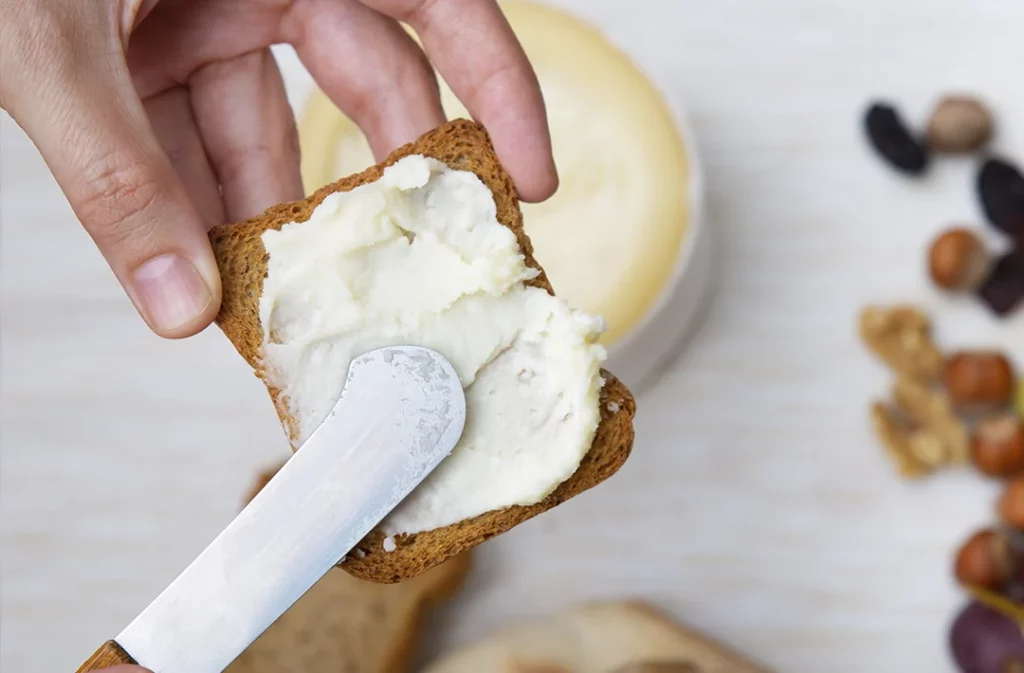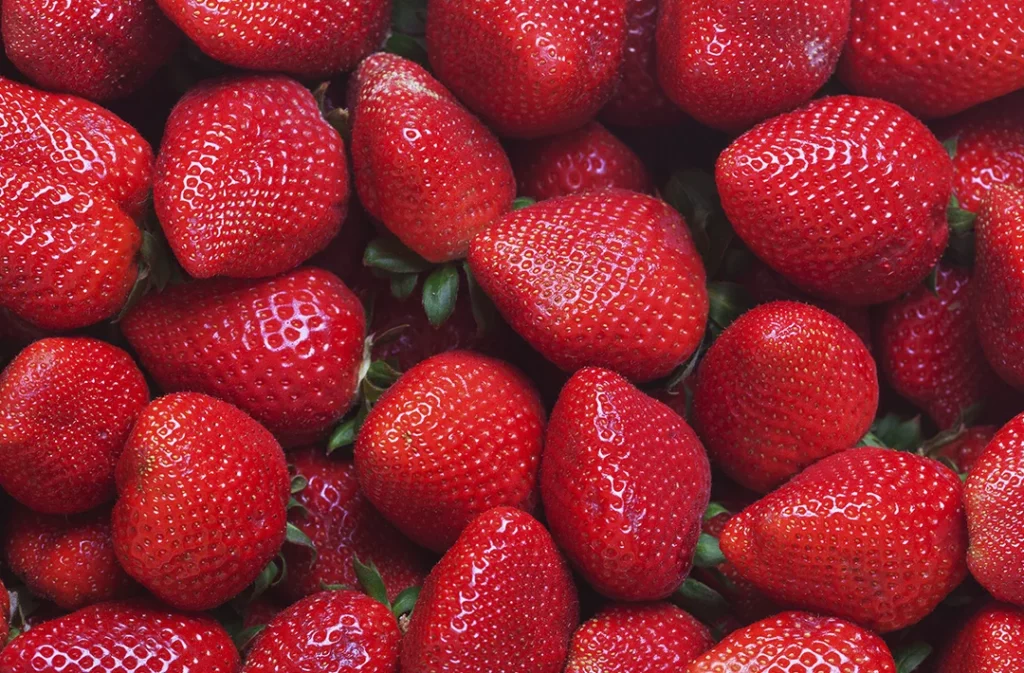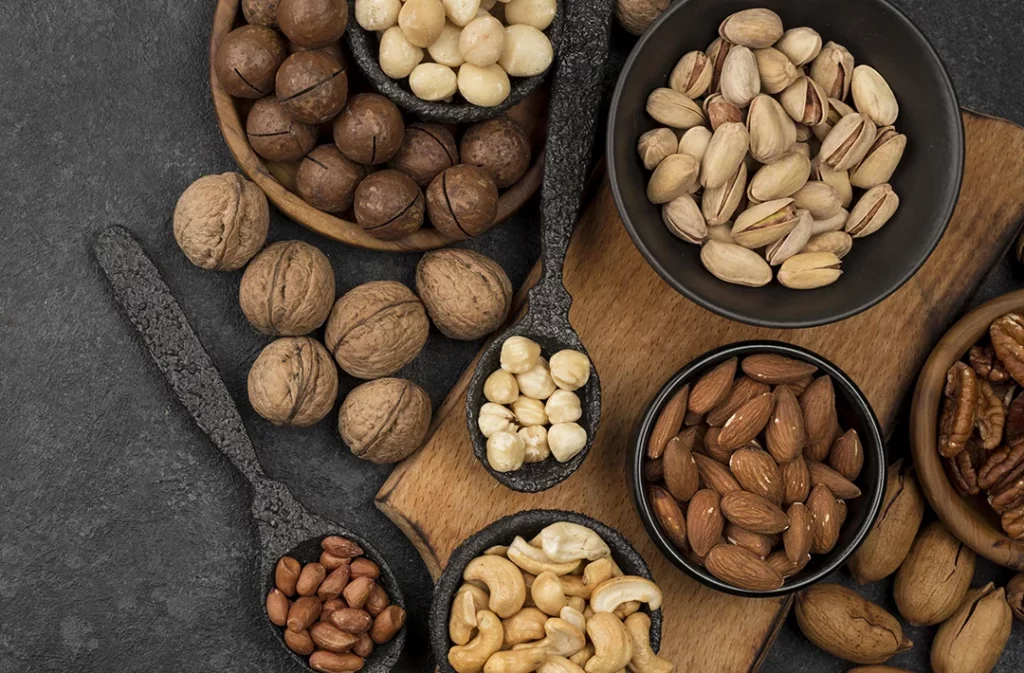The saying “Don’t put off until tomorrow what you can do today” can be relaxed a little when it comes to cleaning the fridge. After all, food expiration dates are not a relentlessly rigid calendar. But extra attention is needed with signs of validity, especially some of them.
In times of scarcity and rising prices food items, perhaps you can eat that yogurt that has passed its expiration date by a few days, but seems to have preserved taste and smell, as highlighted in a text in Delish.
In fact, this is the best thermometer for how much a food or drink is suitable for consumption, according to food scientist Jamilyn Hutchings.
She emphasizes that the best indicators to know if food is spoiled are altered smells, textures and flavors.
Even because, according to food safety lawyer Jory Lange, food expiration dates are conservative. In this way, we end up throwing away many that could still be consumed, for fear of them being spoiled. AND combat food waste is always the best strategy.
However, certain foods require more strict adherence to the expiration date expressed on the packaging. Check out some of them below and the indicators that they may be expired.
Meat
Odor, discoloration and mold are signs of spoilage. Chicken meat can be put to the test with a squeeze. If you press it and it “comes back”, it is an indication that it is ready for consumption. If the finger mark remains, it is probably spoiled.

Egg
Do the float test. Fill a glass or large bowl with water. Drop the egg inside. If it sinks, it will be fresh and ready to eat. If left standing in the water, it won't be as young, but it can still be tasted. If it floats, it is best to discard it.

Fish
When purchasing raw fish, make sure it is stored on a layer of ice that is not melting. Dry or soft fish is not safe to eat. Sour odors that become more pronounced as it cooks signal that the fish is spoiled.

Soft cheese
With soft cheeses, like ricotta and cottage, the logic of removing the moldy part and eating only the good one doesn't work. This is because strands of mold can permeate the cheese, so that the contamination is beyond what can be seen with the naked eye. The danger lies in the harmful bacteria that grow with mold.

Strawberry
That “snowy” and fuzzy layer that appears on strawberries in the refrigerator is mold. When you detect this undesirable coating on fruit, don't take any chances: it's better to discard them than run the risk of an allergic reaction. The tip to make strawberries last longer is to store them in the freezer when they are close to their expiration date. They can then be used to prepare smoothies or baked desserts.

Nuts and chestnuts
Rich in unsaturated fats, they tend to go rancid quickly. At room temperature, they last around four to six months if stored in a well-closed container and protected from light. When their oils oxidize, nuts take on a bitter or sour flavor.

Oil and olive oil
The shelf life of cooking oil is typically one year while unopened. Once opened, it usually lasts around six months. Bitter taste signals that it has gone bad. In turn, olive oil loses its health-boosting polyphenols as it ages.



